Letting Grass Grow In The Gaps Of Paving – A Living Choice
Allowing grass to grow between paving stones and cement is more than a casual decision. It reflects a balance between ecological awareness, aesthetic design, and practical resilience. Many people see gaps in paving as flaws, but filling them with living greenery transforms those spaces into breathing ecosystems. Grass in these gaps softens hard surfaces, reduces heat, and creates a natural rhythm in outdoor spaces. It also connects human-made structures with the organic cycles of nature. This choice is not only about appearance but also about sustainability and symbolic meaning. By letting grass thrive, one embraces imperfection as part of design. The result is a landscape that feels alive, adaptive, and enduring.
Ecological Integration – Grass As A Connector
Grass in paving gaps integrates built environments with natural systems. It provides microhabitats for insects and small organisms, creating biodiversity in overlooked spaces. The roots stabilize soil beneath the stones, preventing erosion and maintaining structural balance. Grass also absorbs rainwater, reducing runoff and supporting groundwater recharge. This integration helps mitigate urban heat by cooling surfaces through transpiration. The presence of greenery in cement gaps demonstrates how small interventions can have large ecological impacts. It symbolizes resilience, showing that life finds a way even in constrained environments. Allowing grass to grow is a conscious act of ecological design.
| Ecological Benefit | Description |
|---|---|
| Biodiversity | Supports insects and microfauna |
| Soil Stability | Roots prevent erosion under paving |
| Water Absorption | Reduces runoff and aids recharge |
| Cooling Effect | Lowers surface temperature |
| Symbolic Resilience | Life thriving in hard spaces |

Aesthetic Rhythm – Visual Harmony
Grass between paving stones creates visual rhythm and contrast. The green lines break up monotony, adding texture and depth to outdoor surfaces. This natural patterning softens the rigid geometry of cement, making spaces feel more welcoming. The interplay of stone and grass reflects balance between permanence and growth. It also highlights seasonal changes, as grass shifts in color and density. This aesthetic rhythm connects human design with natural cycles. The visual harmony achieved through grass-filled gaps enhances both private gardens and public walkways. It transforms ordinary paths into living canvases.
- Adds contrast between green and gray
- Softens rigid geometry of cement
- Creates seasonal variation in color
- Enhances texture and depth
- Connects design with natural cycles
- Makes spaces more welcoming
- Highlights balance of permanence and growth
- Turns paths into living canvases
- Encourages mindful observation of surroundings
- Elevates ordinary surfaces into art
Practical Cooling – Grass As A Natural Regulator
Grass in paving gaps acts as a natural cooling system. Cement and stone absorb heat, creating uncomfortable surfaces during summer. Grass mitigates this by releasing moisture through transpiration, lowering temperatures. This cooling effect benefits both people and nearby plants. It reduces the urban heat island effect, making outdoor areas more livable. Grass also prevents surfaces from becoming too harsh underfoot. The presence of greenery creates microclimates that support comfort and resilience. This practical cooling demonstrates how simple choices can improve environmental quality.
| Cooling Factor | Impact |
|---|---|
| Transpiration | Releases moisture, lowers heat |
| Shade Effect | Grass blades reduce direct exposure |
| Microclimate | Creates localized comfort zones |
| Urban Heat Reduction | Mitigates heat island effect |
| Foot Comfort | Softer underfoot compared to bare stone |
Symbolic Meaning – Grass As A Reminder
Grass in cement gaps carries symbolic meaning. It represents persistence, growth, and adaptability. The sight of greenery emerging from hard surfaces reminds us of resilience in challenging conditions. It symbolizes the coexistence of human construction and natural life. Grass in gaps can be seen as a metaphor for balance between control and freedom. It encourages acceptance of imperfection as part of beauty. This symbolism resonates with ecological philosophy and personal reflection. Allowing grass to grow becomes a statement of values.
- Represents persistence and adaptability
- Symbolizes coexistence of construction and nature
- Encourages acceptance of imperfection
- Serves as metaphor for balance
- Resonates with ecological philosophy
- Inspires reflection on resilience
- Highlights beauty in overlooked spaces
- Connects daily life with natural cycles
- Demonstrates values through design choices
- Reinforces harmony between built and living systems
Soil Health – Grass Roots As Stabilizers
Grass roots in paving gaps contribute to soil health. They bind particles together, preventing erosion beneath stones. This stabilization maintains the integrity of pathways and reduces maintenance needs. Roots also improve soil aeration, supporting microbial activity. Grass enhances organic matter, enriching the soil ecosystem. By allowing grass to grow, one fosters living soil beneath hard surfaces. This hidden benefit strengthens the foundation of outdoor spaces. Soil health is often overlooked, but grass in gaps makes it visible through resilience.
| Soil Benefit | Description |
|---|---|
| Erosion Control | Roots bind soil particles |
| Aeration | Improves oxygen flow |
| Microbial Support | Encourages beneficial organisms |
| Organic Matter | Adds nutrients to soil |
| Pathway Integrity | Maintains structural balance |
Water Management – Grass As A Natural Filter
Grass in paving gaps supports water management. It absorbs rainfall, reducing surface runoff. This prevents flooding and erosion around paved areas. Grass acts as a natural filter, cleaning water as it seeps into the ground. It slows down flow, allowing infiltration into deeper layers. This process replenishes groundwater and supports ecological cycles. Grass-filled gaps also reduce puddling on surfaces, improving usability. Water management through grass demonstrates how design can align with sustainability.
- Absorbs rainfall and reduces runoff
- Prevents flooding around paved areas
- Acts as natural water filter
- Supports groundwater recharge
- Slows down water flow
- Reduces puddling on surfaces
- Improves usability of pathways
- Aligns design with sustainability
- Enhances ecological cycles
- Demonstrates practical resilience
Microclimate Creation – Grass As Local Environment
Grass in paving gaps contributes to microclimate creation. These small patches of greenery influence temperature, humidity, and airflow in localized areas. They provide cooler zones compared to bare cement, improving comfort for people and plants nearby. Grass also moderates moisture levels, preventing surfaces from drying too quickly. This microclimate supports resilience in outdoor spaces, making them more adaptable to seasonal extremes. The presence of grass demonstrates how minor design choices can shape environmental quality. Microclimates created by grass-filled gaps enhance usability and livability. They show the power of subtle ecological interventions.
| Microclimate Factor | Impact |
|---|---|
| Temperature | Creates cooler localized zones |
| Humidity | Maintains balanced moisture |
| Airflow | Softens harsh wind effects |
| Comfort | Improves usability of spaces |
| Resilience | Supports adaptation to extremes |
Sustainability Practice – Grass As A Green Strategy
Grass in cement gaps aligns with sustainability practices. It reduces reliance on artificial fillers or chemical sealants. Grass naturally stabilizes gaps without synthetic intervention. This choice minimizes environmental impact by avoiding non-biodegradable materials. Sustainability is adapted and built with water absorption and biodiversity support. Grass-filled gaps demonstrate how design can reduce ecological footprint. They embody principles of green architecture and adaptive landscaping. Sustainability becomes visible in everyday pathways. This practice reflects commitment to ecological responsibility.
- Reduces reliance on artificial fillers
- Minimizes use of chemical sealants
- Naturally stabilizes gaps
- Avoids non-biodegradable materials
- Supports water absorption
- Encourages biodiversity
- Demonstrates reduced ecological footprint
- Embodies green architecture principles
- Reflects adaptive landscaping
- Shows ecological responsibility in design
Resilience In Design – Grass As Endurance
Grass in paving gaps demonstrates resilience in design. It survives in constrained spaces where other plants fail. This endurance reflects adaptability to stress and change. Grass withstands foot traffic, weather shifts, and limited resources. Its persistence strengthens pathways by stabilizing soil and reducing erosion. Resilience in design is about enduring challenges while maintaining function. Grass embodies this principle through its presence in cement gaps. It shows how living systems adapt to human environments. This endurance enriches both ecological and symbolic meaning.
| Resilience Factor | Description |
|---|---|
| Survival | Thrives in constrained spaces |
| Adaptability | Adjusts to stress and change |
| Persistence | Withstands foot traffic and weather |
| Stabilization | Strengthens pathways through roots |
| Symbolism | Represents endurance in design |

Energy Reflection – Grass As A Natural Balance
Grass in cement gaps influences energy reflection. Bare stone reflects heat and light intensely. Grass absorbs and diffuses energy, creating balance. This reduces glare and harshness in outdoor spaces. Energy reflection becomes moderated through greenery. Grass-filled gaps improve comfort by softening environmental extremes. They demonstrate how design choices affect sensory experience. Energy balance supports both ecological and human well-being. Grass in gaps transforms pathways into adaptive surfaces. This natural balance enhances sustainability.
- Reduces glare from stone surfaces
- Absorbs and diffuses energy
- Moderates environmental extremes
- Improves comfort in outdoor spaces
- Demonstrates design impact on sensory experience
- Supports ecological well-being
- Enhances human comfort
- Creates adaptive surfaces
- Reflects sustainability principles
- Balances energy in pathways
Symbolic Renewal – Grass As A Cycle
Grass in paving gaps symbolizes renewal. Each season brings regrowth, even after fading. This cycle reflects resilience and continuity. Grass demonstrates that life persists despite constraints. Renewal becomes visible in everyday pathways. It inspires reflection on cycles of growth and change. Grass in gaps embodies hope and persistence. This symbolism enriches design with deeper meaning. Renewal connects human environments with natural rhythms. Grass-filled gaps remind us of continuity in life.
| Renewal Aspect | Meaning |
|---|---|
| Seasonal Growth | Reflects cycles of life |
| Persistence | Demonstrates resilience |
| Continuity | Connects past and future |
| Hope | Inspires reflection on endurance |
| Symbolism | Adds depth to design |
Environmental Cooling – Grass As Climate Aid
Grass in cement gaps aids environmental cooling. It reduces surface temperatures through transpiration. This cooling effect benefits both people and ecosystems. Grass moderates heat in urban areas, reducing stress on infrastructure. Cooling through greenery supports climate adaptation. Grass-filled gaps demonstrate how small interventions contribute to larger systems. They align with sustainable urban design principles. Environmental cooling enhances livability in outdoor spaces. Grass becomes a natural ally in climate resilience.
- Reduces surface temperatures
- Provides cooling through transpiration
- Benefits ecosystems and people
- Moderates heat in urban areas
- Reduces stress on infrastructure
- Supports climate adaptation
- Demonstrates impact of small interventions
- Aligns with sustainable design principles
- Enhances livability in outdoor spaces
- Acts as natural ally in resilience
Seasonal Variation – Grass As A Dynamic Element
Grass in paving gaps reflects seasonal rhythms. In spring, fresh shoots emerge, adding vibrancy to outdoor spaces. Summer growth thickens, creating lush green lines that contrast with stone. Autumn brings subtle fading, with colors shifting toward gold and brown. Winter often reduces growth, leaving minimal traces but maintaining resilience. These seasonal changes remind us of cycles in nature. Grass in gaps becomes a living calendar, marking time through its appearance. This dynamic element adds depth to design, connecting pathways with broader ecological rhythms. It encourages awareness of change and continuity.
| Season | Grass Appearance | Symbolic Meaning |
|---|---|---|
| Spring | Fresh shoots, vibrant green | Renewal and growth |
| Summer | Thick, lush greenery | Abundance and vitality |
| Autumn | Fading, golden tones | Transition and reflection |
| Winter | Sparse, resilient traces | Endurance and persistence |
Biodiversity Support – Grass As Habitat
Grass in cement gaps supports biodiversity. Small insects find shelter among blades, creating microhabitats. These organisms contribute to pollination and ecological balance. Birds may forage and collect in these spaces, adding life to pathways. Grass also supports soil organisms that enrich ecosystems. By allowing grass to grow, one fosters hidden networks of life. Biodiversity thrives even in overlooked corners of built environments. This choice demonstrates how design can nurture ecological resilience. Grass-filled gaps become miniature sanctuaries.
- Provides shelter for insects
- Supports pollination processes
- Attracts birds for foraging
- Encourages soil organisms
- Creates microhabitats in overlooked spaces
- Enriches ecological networks
- Demonstrates ecological resilience
- Nurtures hidden life systems
- Connects pathways with biodiversity
- Turns cement gaps into sanctuaries
Maintenance Balance – Grass As A Practical Choice
Grass in paving gaps reduces maintenance challenges. Instead of constant weeding, grass stabilizes spaces naturally. It prevents invasive plants from dominating gaps. Grass also reduces cracking by holding soil in place. Maintenance shifts from removal to gentle trimming. This balance saves time and effort while preserving aesthetics. Grass-filled gaps require less chemical intervention. They align with sustainable practices by minimizing artificial inputs. Maintenance becomes part of ecological rhythm. This practical choice supports long-term resilience.
| Maintenance Factor | Benefit |
|---|---|
| Weed Control | Grass prevents invasive species |
| Soil Stability | Reduces cracking in paving |
| Effort Reduction | Less frequent interventions |
| Chemical-Free | Minimizes artificial inputs |
| Sustainable Rhythm | Aligns with ecological cycles |
Cultural Symbolism – Grass As A Narrative
Grass in cement gaps carries cultural symbolism. In many traditions, greenery represents renewal and hope. Grass breaking through hard surfaces symbolizes persistence against adversity. It reflects narratives of resilience in literature and art. This symbolism resonates across cultures, connecting design with storytelling. Grass in gaps becomes a metaphor for survival and growth. It embodies values of patience and endurance. Cultural symbolism enriches the meaning of everyday spaces. Allowing grass to grow is both practical and poetic.
- Represents renewal and hope
- Symbolizes persistence against adversity
- Reflects resilience in literature and art
- Connects design with storytelling
- Serves as metaphor for survival
- Embodies patience and endurance
- Resonates across cultures
- Enriches everyday spaces with meaning
- Combines practicality with poetry
- Reinforces cultural narratives of growth
Psychological Impact – Grass As A Calming Presence
Grass in paving gaps influences psychology. Greenery is known to reduce stress and promote relaxation. The sight of grass softening cement creates calming effects. It encourages mindfulness in outdoor spaces. Grass-filled gaps invite slower movement and observation. This presence supports mental well-being through subtle design. It demonstrates how small choices affect emotional states. Grass in gaps becomes a quiet companion in daily life. Its calming presence enriches both private and public environments.
| Psychological Effect | Description |
|---|---|
| Stress Reduction | Greenery lowers tension |
| Relaxation | Softened surfaces promote calm |
| Mindfulness | Encourages observation and awareness |
| Emotional Balance | Supports well-being |
| Daily Companion | Quiet presence in routines |
Adaptive Design – Grass As Flexibility
Grass in cement gaps demonstrates adaptive design. It thrives in spaces where other plants cannot. This flexibility shows resilience in constrained environments. Grass adapts to varying moisture and light conditions. It adjusts growth according to seasonal rhythms. Adaptive design reflects the ability to coexist with change. Grass in gaps embodies this principle through living presence. It transforms rigid surfaces into flexible ecosystems. This adaptability strengthens both design and ecology.
- Thrives in constrained spaces
- Shows resilience in hard environments
- Adapts to moisture variations
- Adjusts to light conditions
- Reflects seasonal rhythms
- Demonstrates coexistence with change
- Embodies adaptive design principles
- Transforms rigid surfaces into ecosystems
- Strengthens ecological resilience
- Enhances design flexibility
Acoustic Softening – Grass As A Sound Buffer
Grass in paving gaps softens acoustics. Hard surfaces reflect sound, creating harsh environments. Grass absorbs and diffuses noise, reducing echoes. This acoustic softening improves comfort in outdoor spaces. It makes pathways quieter and more pleasant. Grass-filled gaps contribute to sound balance in design. They demonstrate how small elements affect sensory experience. Acoustic softening adds another layer of resilience. Grass in gaps supports developing balance between environment and perception.
| Acoustic Factor | Impact |
|---|---|
| Noise Absorption | Reduces harsh reflections |
| Echo Reduction | Softens sound in pathways |
| Comfort | Improves auditory experience |
| Sensory Balance | Enhances design quality |
| Environmental Harmony | Aligns sound with space |

Symbolic Coexistence – Grass And Stone Together
Grass growing in cement gaps symbolizes coexistence. It shows how natural and human-made elements can share space. This coexistence reflects balance between permanence and growth. Grass softens stone without erasing its strength. Together, they create harmony in ecology design. This symbolic coexistence inspires reflection on integration. It demonstrates how contrast can become unity. Grass and stone together embody resilience and beauty.
- Symbolizes coexistence of nature and construction
- Reflects balance between permanence and growth
- Softens stone without erasing strength
- Creates harmony in design
- Inspires reflection on integration
- Demonstrates unity through contrast
- Embodies resilience and beauty
- Enriches pathways with meaning
- Connects human design with natural cycles
- Reinforces symbolic partnership
Pathway Character – Grass As Identity
Grass in paving gaps adds character to pathways. It transforms plain surfaces into distinctive designs. Each gap filled with greenery creates unique patterns. Pathways gain identity through this living presence. Grass softens uniformity, making spaces memorable. Character emerges from contrast between stone and growth. Grass-filled gaps personalize outdoor environments. They show how design choices shape atmosphere. Pathway character becomes a reflection of ecological awareness.
| Pathway Feature | Impact |
|---|---|
| Distinctive Design | Creates unique patterns |
| Identity | Adds character to spaces |
| Memorability | Makes pathways stand out |
| Contrast | Balances stone and greenery |
| Personalization | Reflects ecological values |
Ecological Continuity – Grass As A Link
Grass in cement gaps supports ecological continuity. It connects fragmented habitats in built environments. These small patches act as corridors for insects and organisms. Continuity strengthens biodiversity across landscapes. Grass-filled gaps demonstrate how design supports ecological networks. They link human spaces with natural cycles. Continuity enriches resilience by maintaining flow of life. Grass becomes a bridge between construction and ecology. This link reinforces sustainability in everyday design.
- Connects fragmented habitats
- Acts as corridor for organisms
- Strengthens biodiversity
- Supports ecological networks
- Links human spaces with nature
- Maintains flow of life
- Demonstrates ecological resilience
- Reinforces sustainability
- Bridges construction and ecology
- Enriches resilience through continuity
Conclusion – A Living Pathway
Letting grass grow in the gaps of paving and cement is a deliberate choice that blends ecology, aesthetics, and symbolism. It transforms rigid surfaces into living pathways that breathe, adapt, and inspire. Grass softens the harshness of cement, cools the environment, and supports biodiversity. It stabilizes soil, manages water, and creates visual rhythm. Beyond practical benefits, it carries symbolic meaning of resilience and coexistence. This practice demonstrates how small decisions can shape sustainable landscapes. By embracing grass in gaps, one accepts imperfection as beauty and design as collaboration with nature.
Join The Discussion – Share Your Perspective
What do you think about allowing grass to grow between paving stones and cement? Does it resonate with your sense of design, ecology, or symbolism?
#LivingPathways #GrassAndCement #EcologicalDesign #SustainableSpaces #SymbolicResilience #GreenArchitecture #AdaptiveLandscapes #SoilHealth #WaterManagement #VisualHarmony

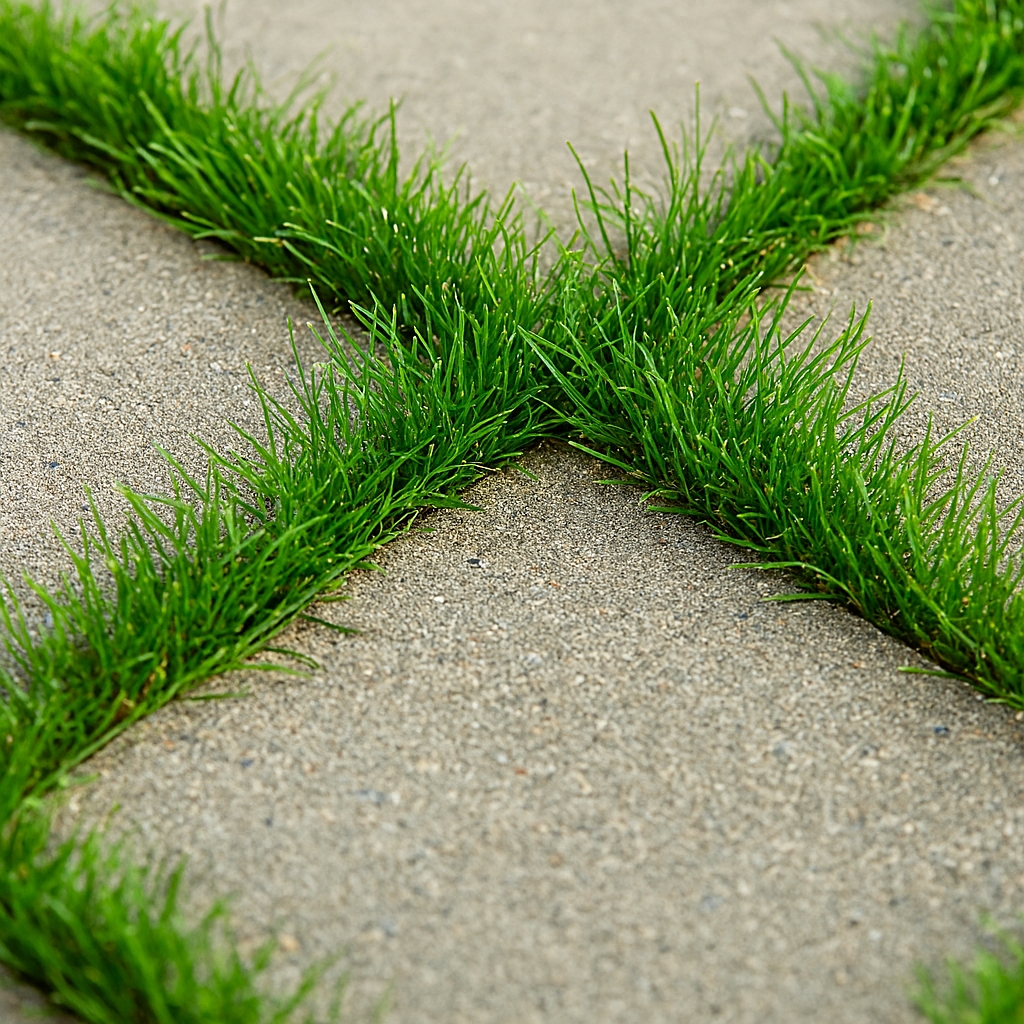

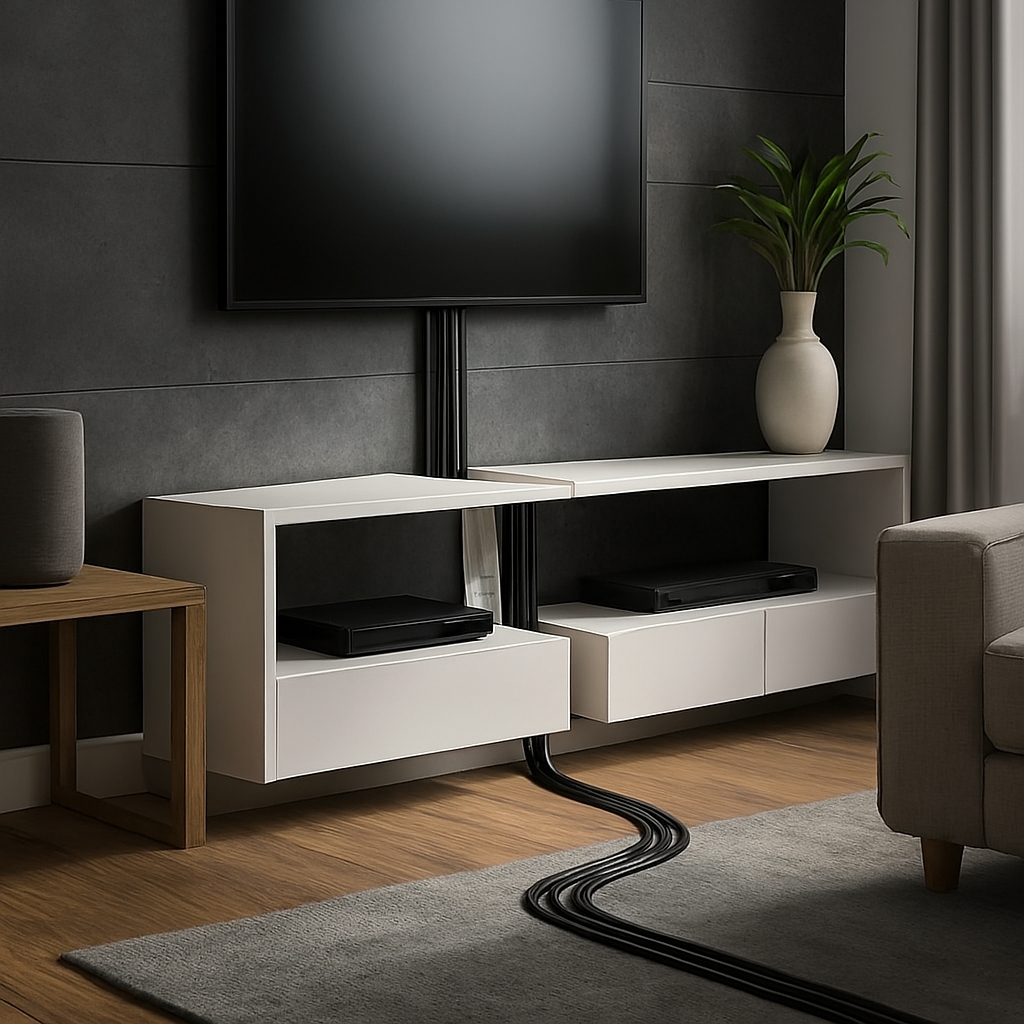
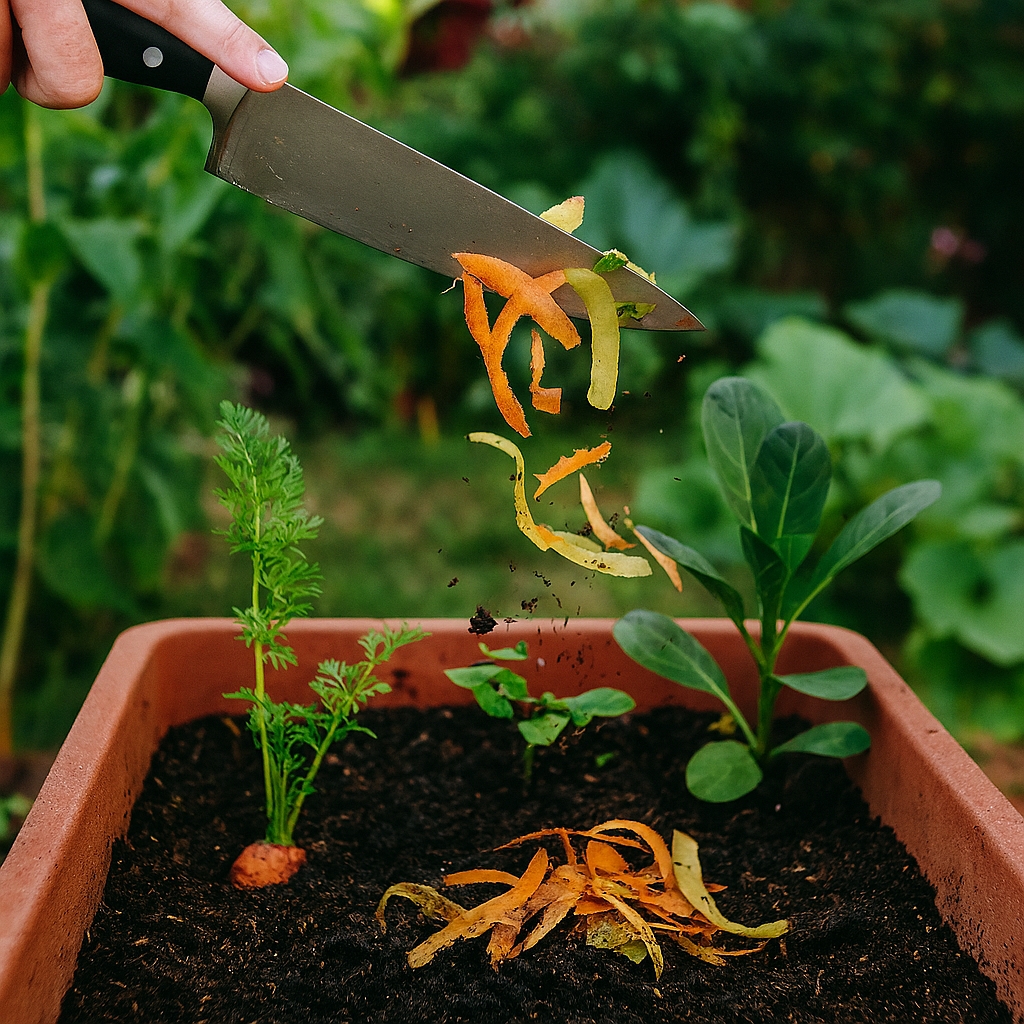
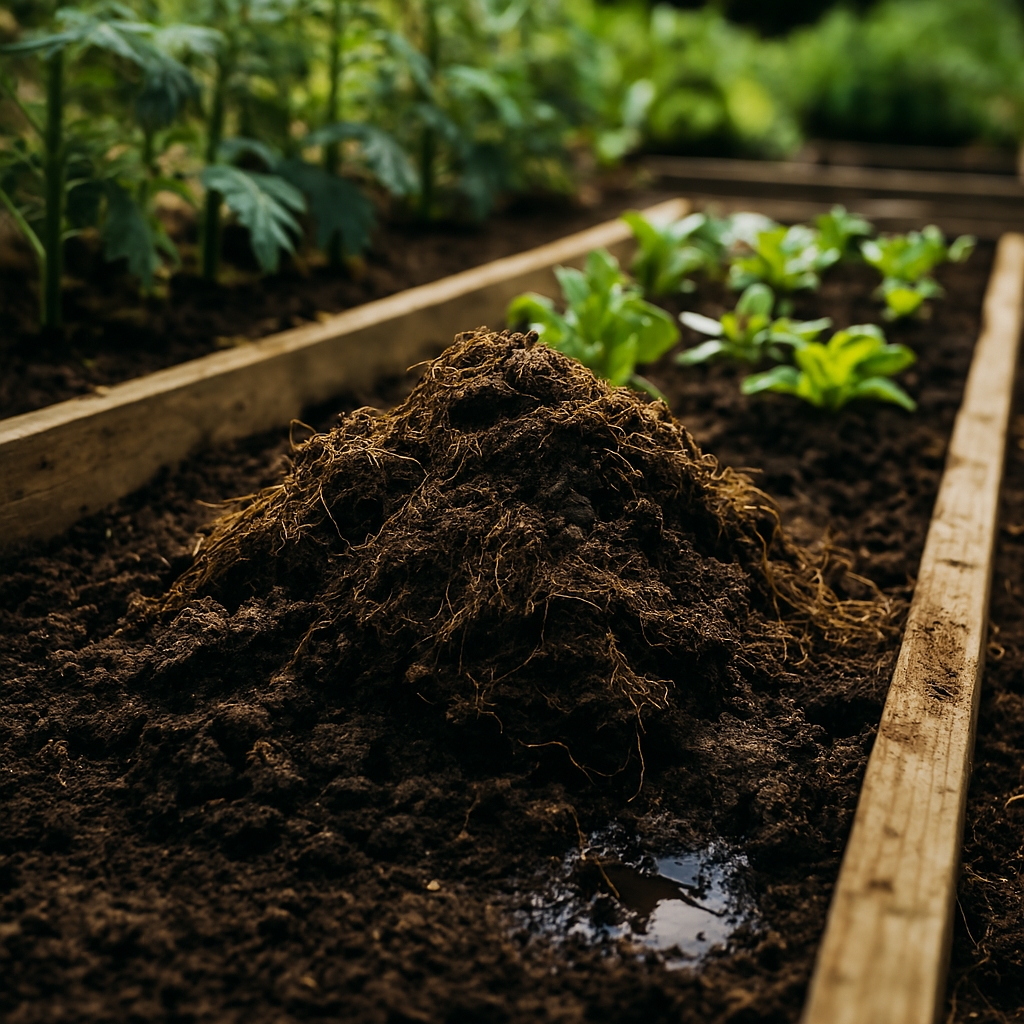

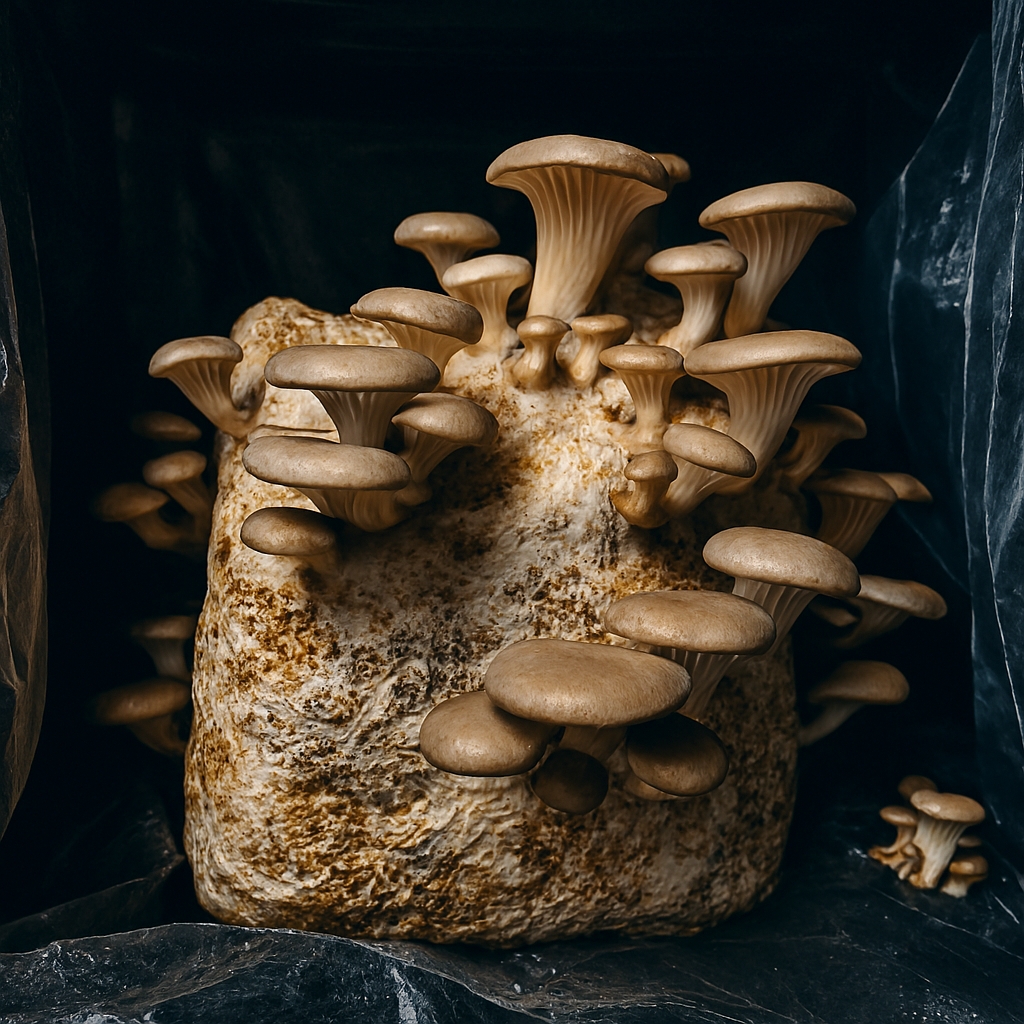
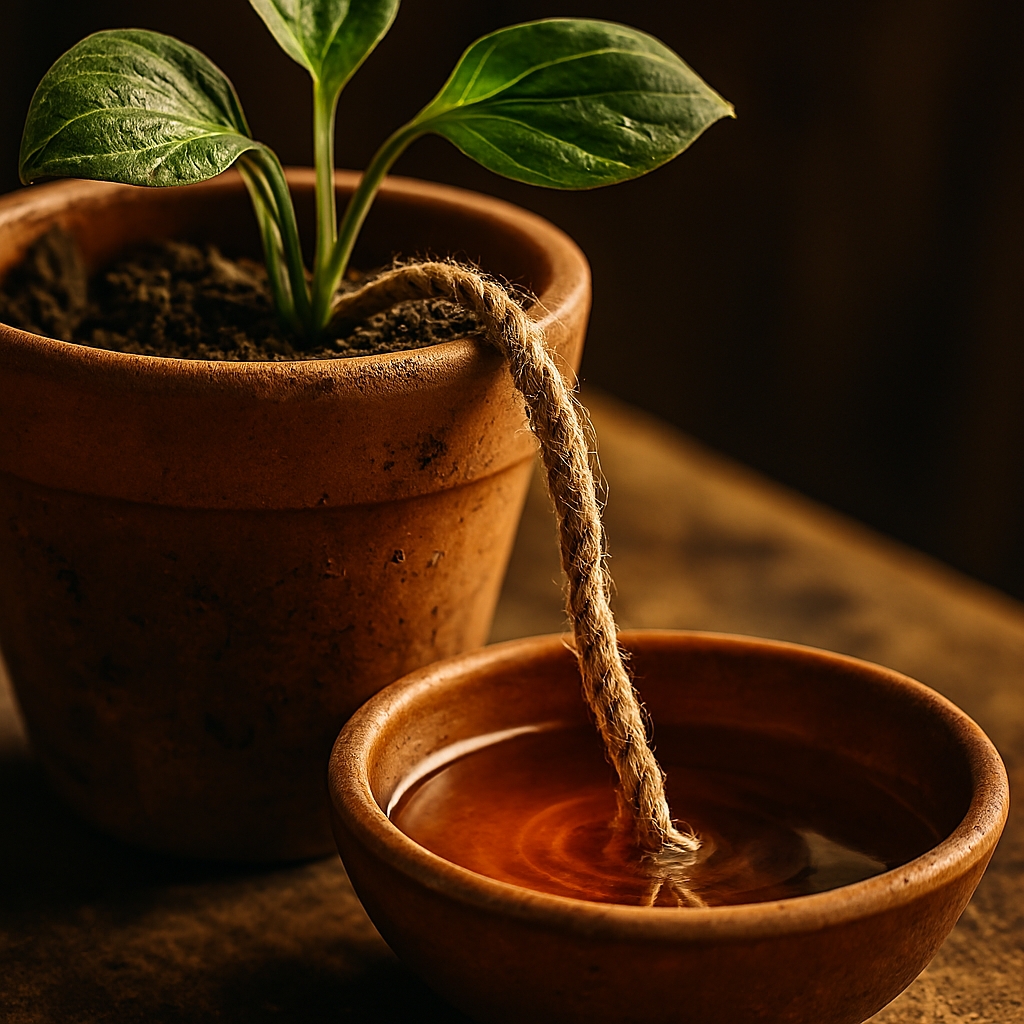


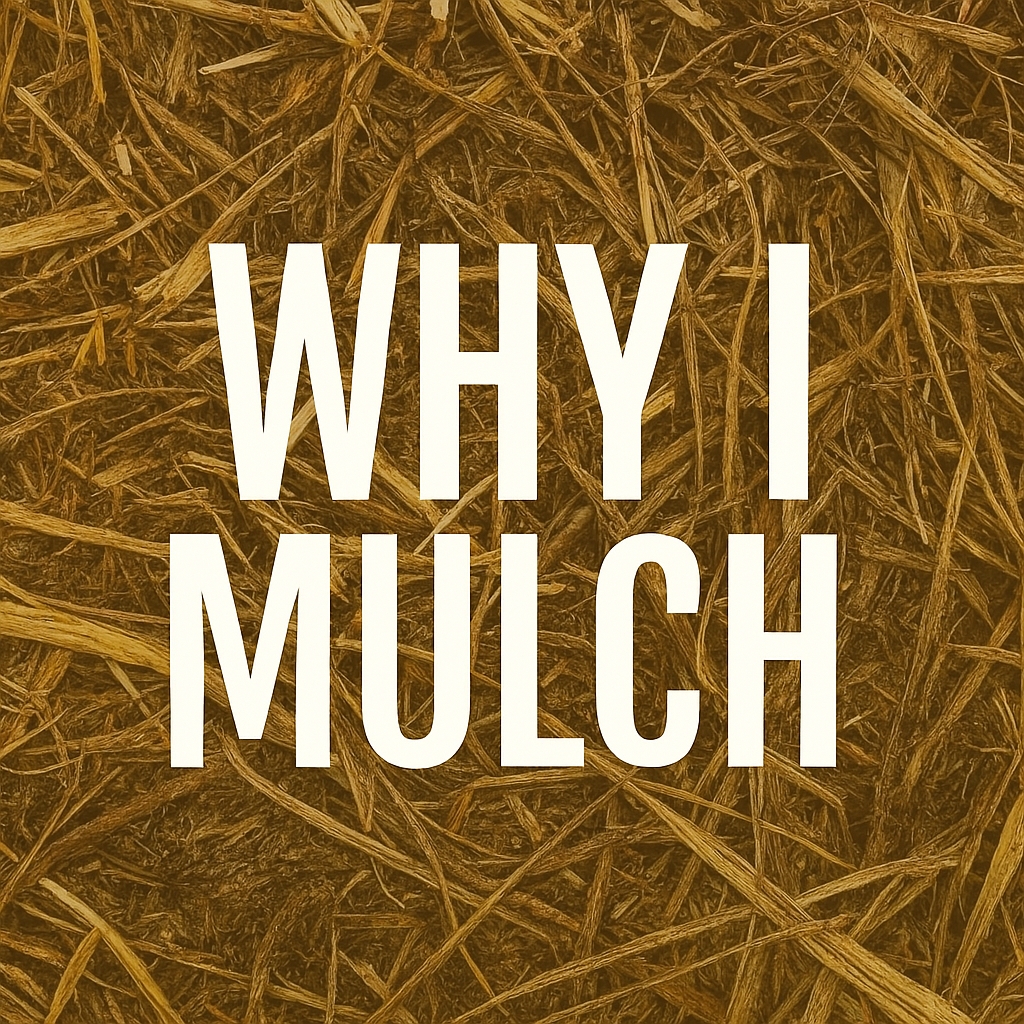
Leave a Reply